On the edge of Europe, where the Twelve Bens Mountains plunge toward the Atlantic's wild surf, Clifden guards Connemara's soul like a rugged sentry. This sun-bleached coastal town - dubbed "Capital of Connemara" - has been a crossroads of history and legend since 1812, when John D'Arcy founded it as a hub for his sprawling estate. It's where the first transatlantic flight touched down in 1919 (Alcock & Brown's record-breaking gamble), and where Marconi once beamed messages across oceans from its windswept bogs. Today, twin church spires pierce the sky like maritime lighthouses, guiding visitors to a place where time feels both ancient and alive.
Step onto Dog's Bay, a seashell-sand wonderland cradled by cliffs, or hike Diamond Hill for panoramic views of emerald valleys and crashing waves. By day, explore Kylemore Abbey's fairy-tale towers or kayak Mannin Bay's glassy waters; by night, let traditional fiddle music sway you in Lowry's Bar. Come August, the town erupts at the Connemara Pony Show - a celebration of Ireland's hardiest breed - while autumn's Arts Festival transforms its streets into a canvas of creativity. Clifden isn't just a destination: it's where the raw beauty of the Wild Atlantic Way meets the warm heartbeat of Gaeltacht culture.
Jump to section:
Things to See and Do
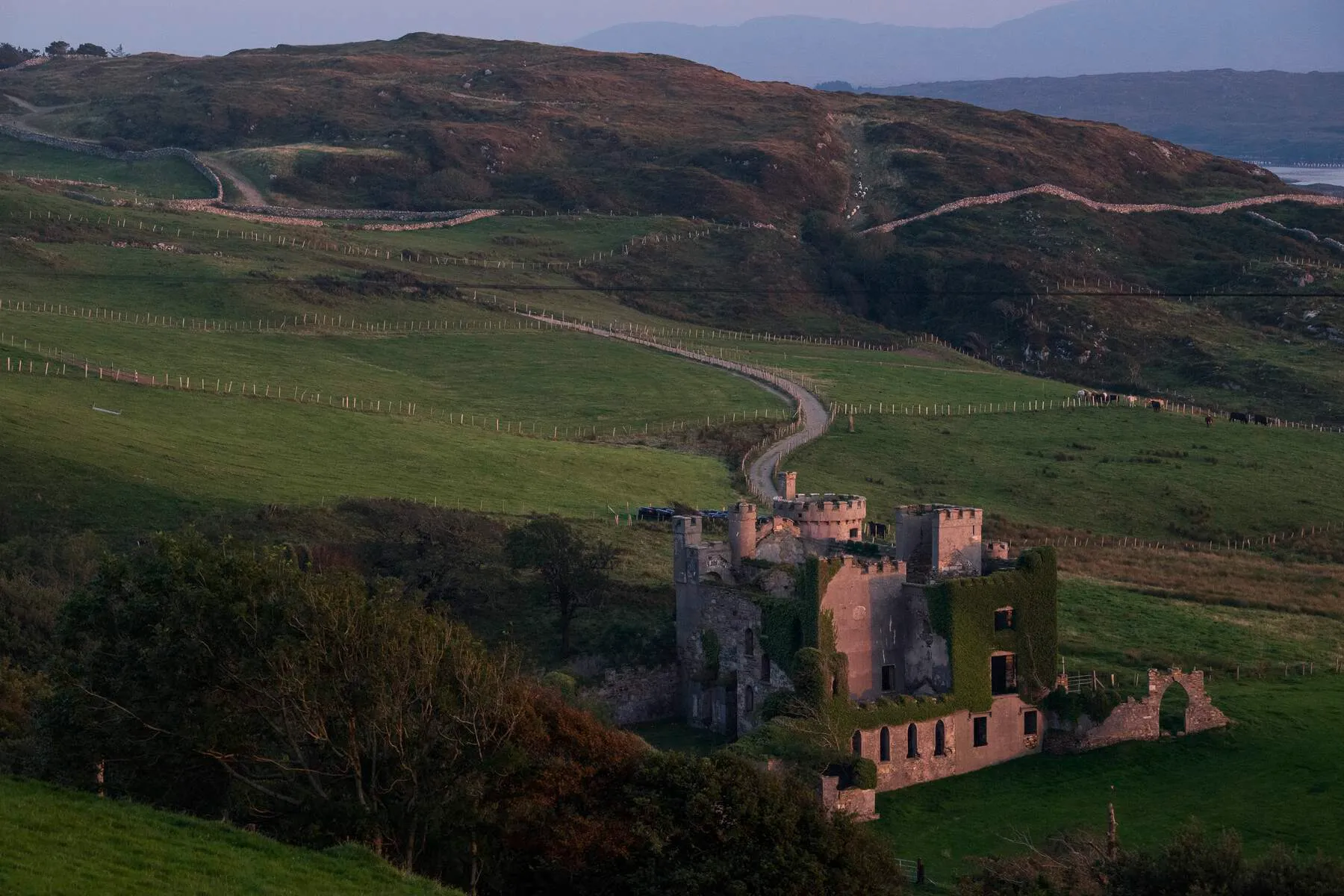
Clifden Castle
A Gothic Revival castle built in 1763 with dramatic ruins overlooking Clifden Bay, accessible via Sky Road and offering insights into Connemara's heritage.
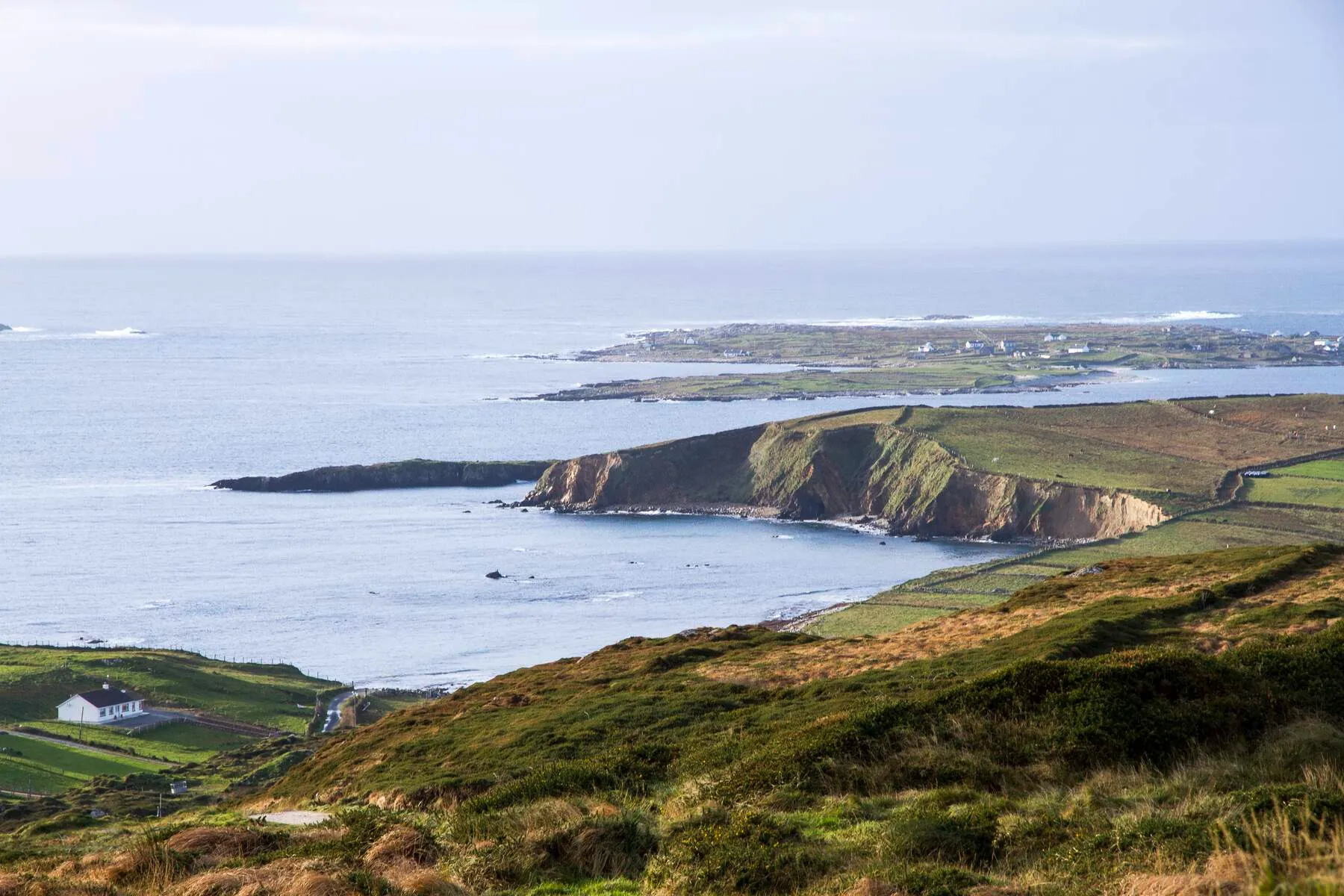
Sky Road & John D'Arcy Monument
A scenic Wild Atlantic Way drive with panoramic views of Clifden Bay. The nearby monument honors the castle's builder on a hilltop overlooking town.
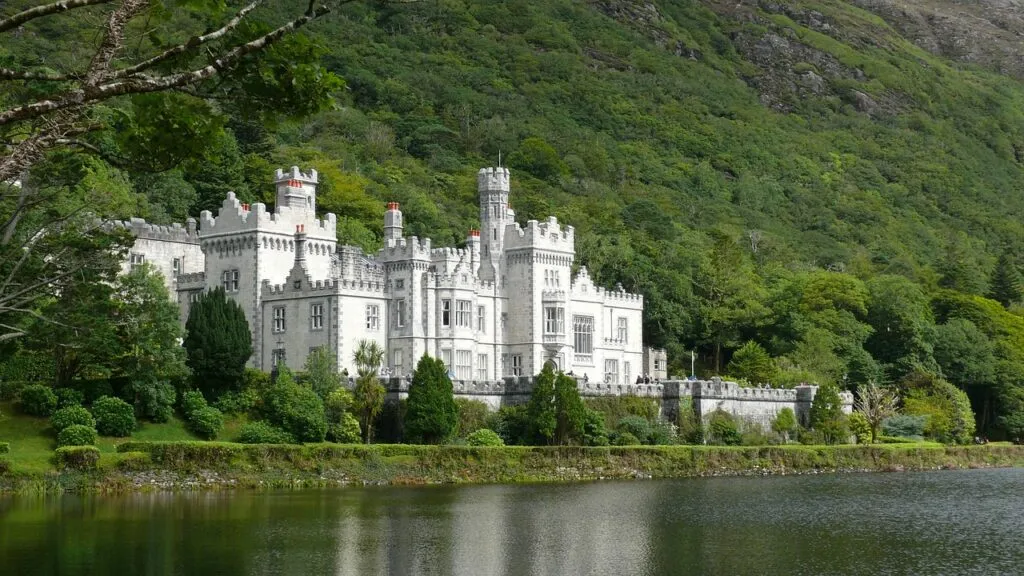
Kylemore Abbey & Walled Gardens
Neo-Gothic abbey surrounded by Victorian walled gardens in a tranquil lake setting. Offers tours, tea rooms, and year-round beauty (ticket: €13).
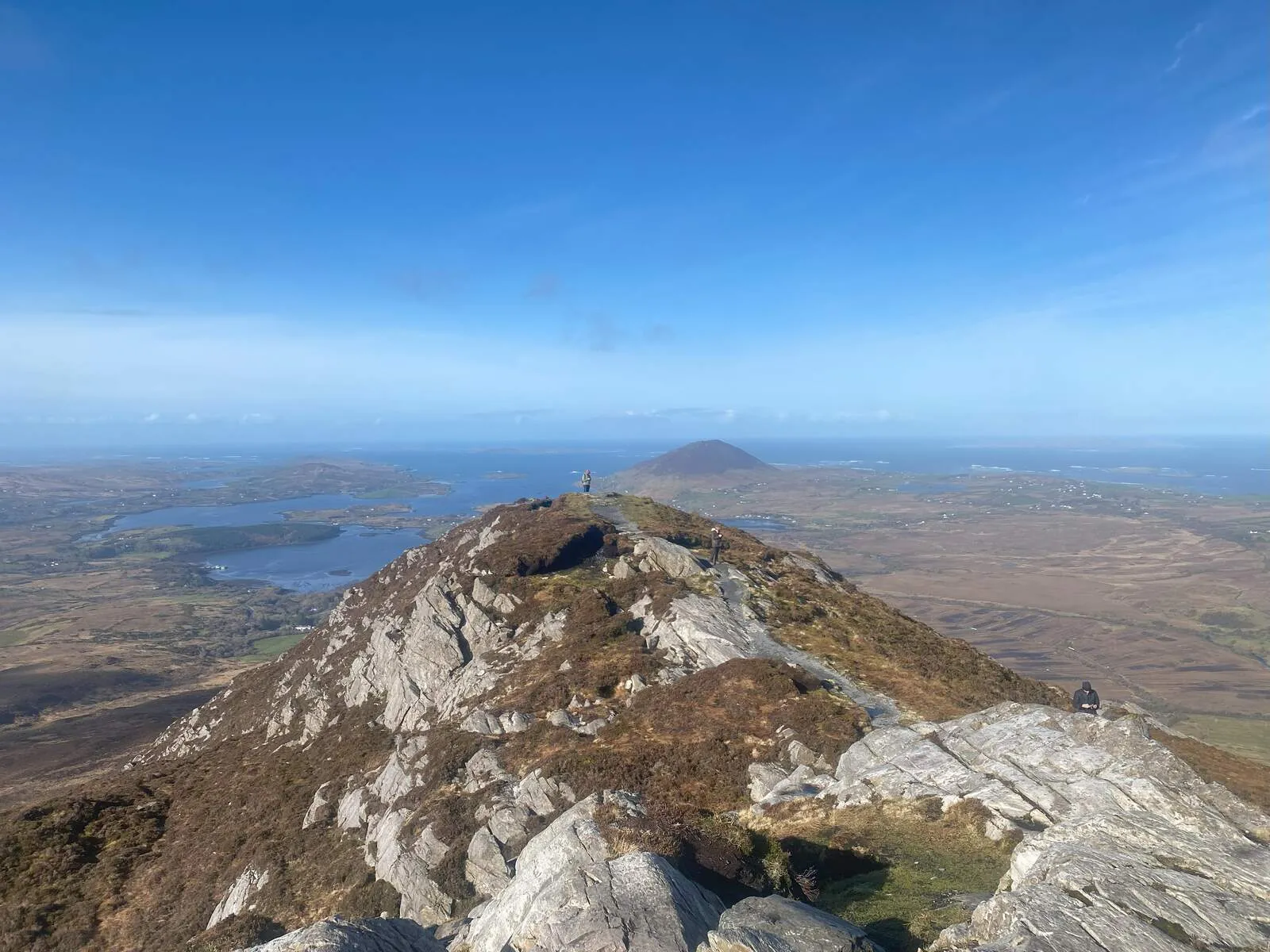
Connemara National Park & Diamond Hill Hike
Explore bogland trails and hike to Diamond Hill for 360° views of Galway Bay. Free entry; includes a visitor center near Letterfrack.
Alcock & Brown Historic Loop Walk
Walk the 2km loop where John Alcock and Arthur Whitten Brown made aviation history in 1919. Combines radio, aviation, and transatlantic milestones.
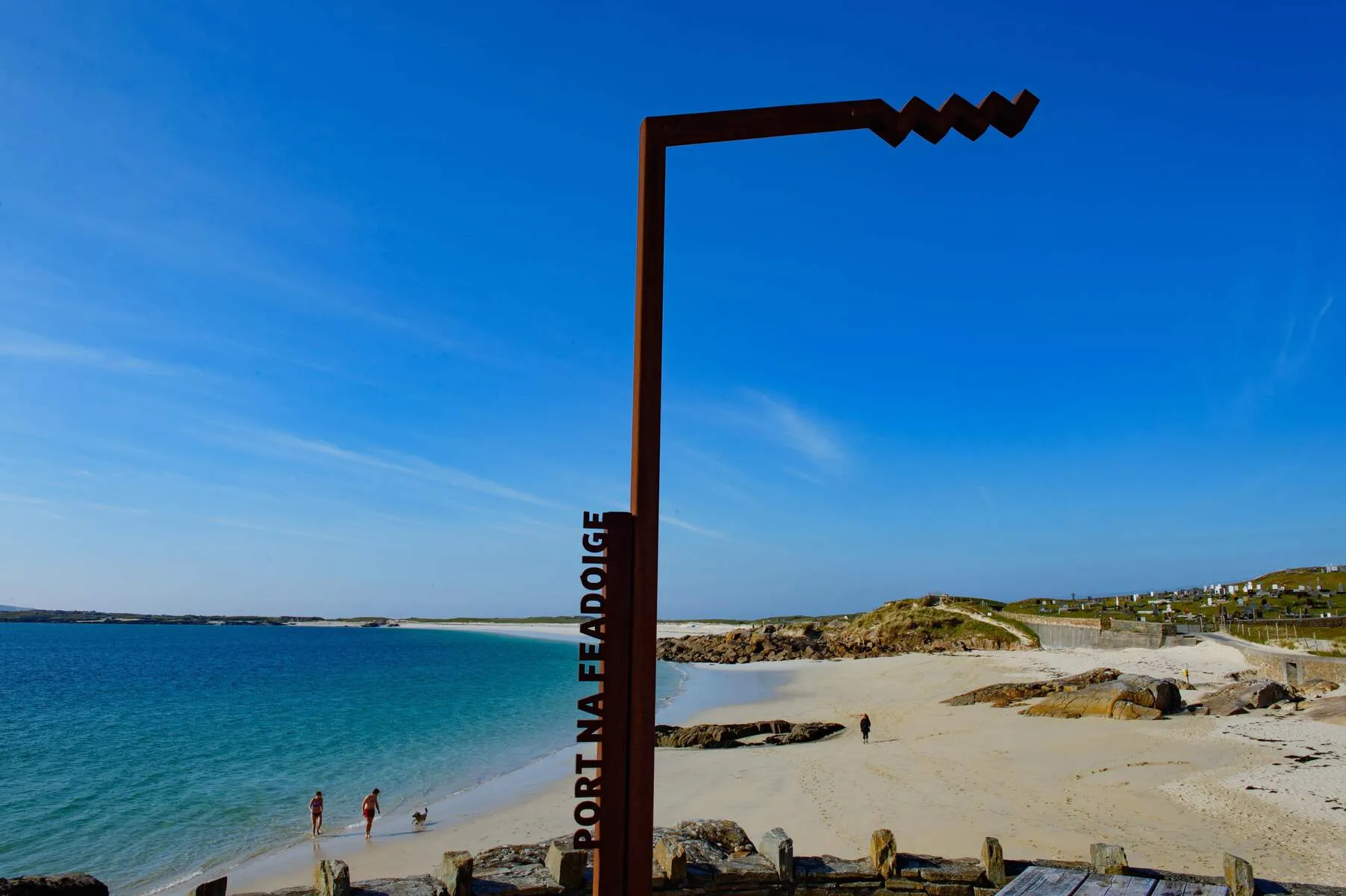
Dog's Bay & Gurteen Beach
Pristine white-sand beaches near Roundstone Village with crystal waters for swimming, surfing, or quiet relaxation. Dog's Bay is often cited as one of Ireland's best.

Inishbofin Island Ferry Day Trip
Take the ferry from Cleggan to explore this unspoiled island with historic sites, fishing villages, and rugged landscapes. Overnight stays available.
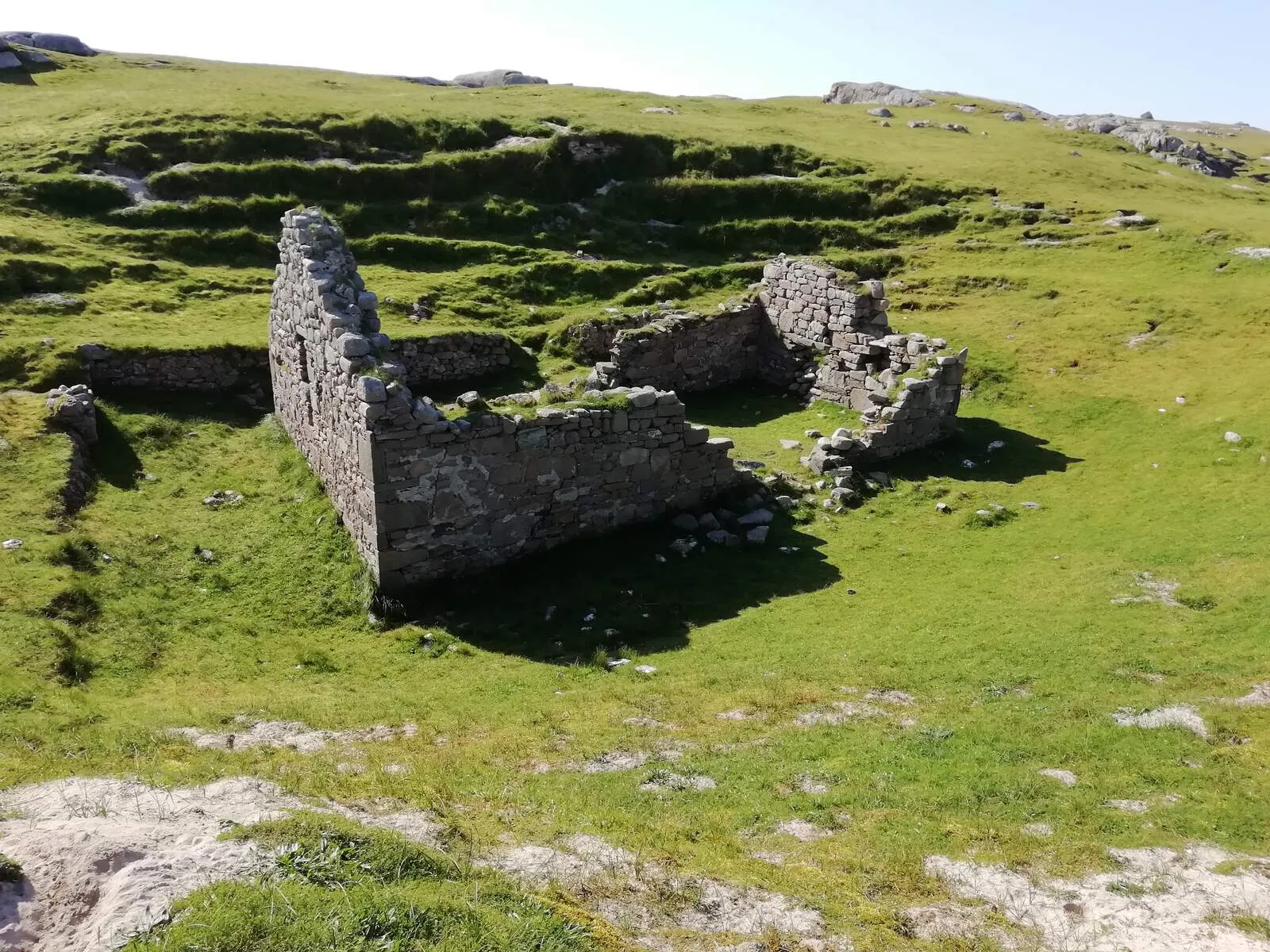
Omey Island Tidal Exploration
Reachable via tidal causeway twice daily, the island features a 15th-century castle ruin, seabird colonies, and dramatic coastal walks. Plan tides carefully.
Mannin Bay Blueway Activities
Kayaking, snorkeling, and eco-walks along clear waters with guided tours available. Suitable for all ages as part of the Wild Atlantic Way network.
Real Adventures Outdoor Activities
Guided sea kayaking, coasteering, hiking tours, and family-friendly adventures. Contact +353 851462526 for bookings.
Connemara Seaweed Baths
Relax in seawater baths infused with therapeutic Atlantic seaweed. Facilities include saunas, steam rooms, and massages (contact: +353 852634784).
Connemara Heritage & History Centre
Award-winning museum exploring Connemara's history, geology, and culture near Clifden on the N59. Open year-round with guided tours.
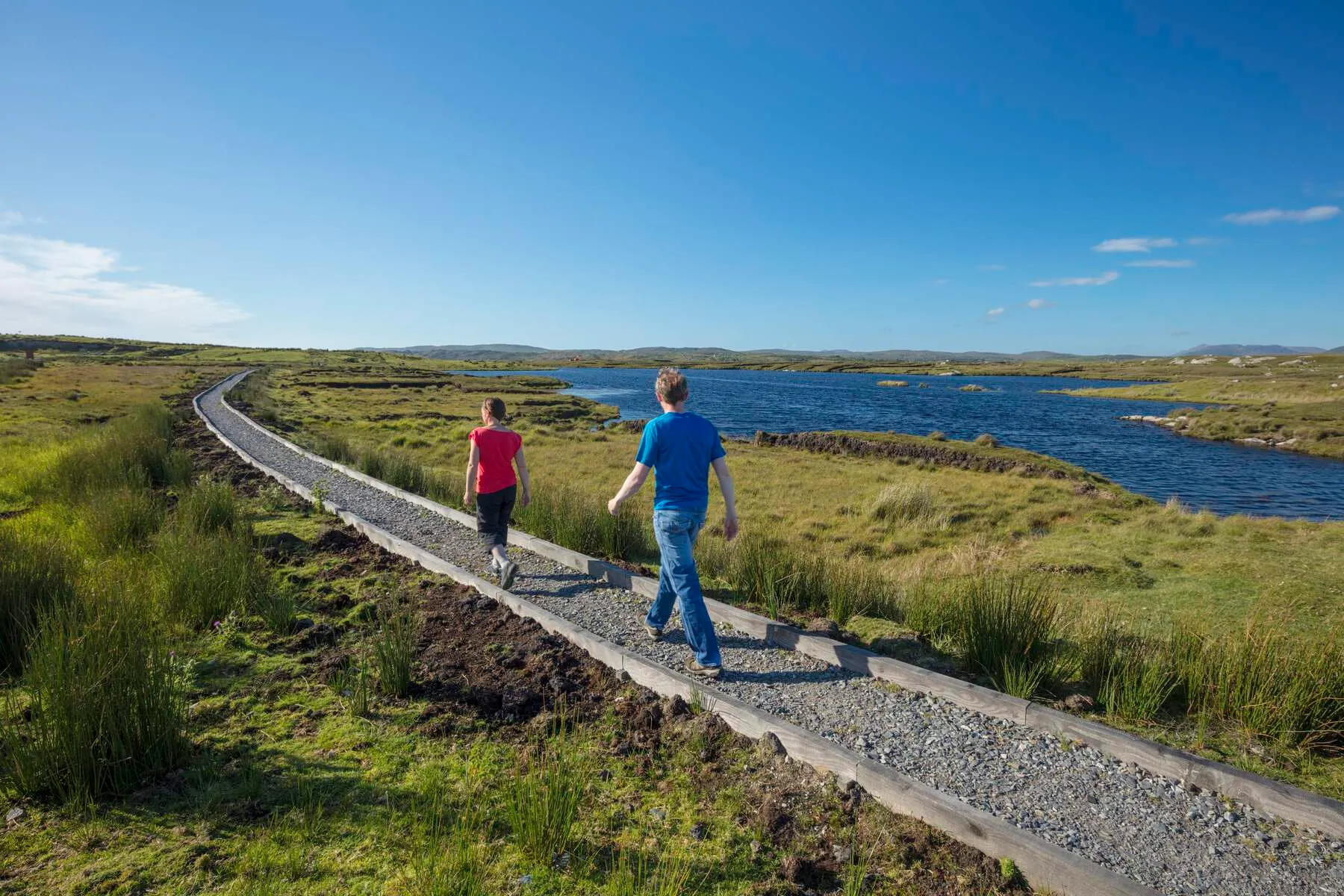
Derrigimlagh Loop Walk
A 2km educational walk linking Alcock & Brown's landing site to historical markers explaining aviation and telecom milestones in Connemara.
Getting There
By Car
-
Clifden is located in County Galway, and you can drive there via the N59 road from Galway City or Westport.
-
The drive from Galway city center takes approximately 1 hour and 20 minutes.
-
A drive from Dublin to Clifden takes about 4 hours.
By Bus
-
Citylink provides regular bus services between Galway city and Clifden.
-
Bus Éireann also operates bus services connecting Clifden with Galway city, with some routes going through Oughterard or Clonbur/Headford.
-
You can book your bus journey online in advance.
By Air
-
The nearest airport is Ireland West Airport Knock (NOC), which is about 60 km from Clifden and approximately a 1 hour and 40 minute drive from Clifden town.
-
From the airport, you can rent a car or take a taxi to get to Clifden.
Events & Festivals 2025
Clifden Summerfest
What is it: Local summer festival in the coastal town of Clifden.
Dates: June 13-15, 2025
Location: The Showgrounds, Clifden, Co. Galway
Website/Booking: https://www.universe.com/events/clifden-summer-fest-2025-tickets-XVK6SZ
History
Clifden's history began in 1812 when John D'Arcy, a young landlord, founded the town to increase the income of his remote Connemara estate and improve the living standards of his tenants. At just 27 years old, D'Arcy was determined to succeed despite the challenges posed by Connemara's isolated and underdeveloped landscape. He built Clifden Castle, now a ruin, and established the town, attracting people from all over Ireland with long leases at low rents.
The early years were marked by struggles, including a failed potato crop in 1820 that led D'Arcy to petition the government for assistance. However, with the help of engineer Alexander Nimmo, who built a quay and started a road to Galway, the town began to grow. By the time of John D'Arcy's death in 1839, Clifden had expanded to include 185 dwellings, two churches, two hotels, three schools, and various other buildings.
The Great Famine of the late 1840s brought devastation to Clifden, with widespread poverty, starvation, and emigration. The town's population was severely impacted, and by 1848, up to 90% of the residents were receiving government relief. Hyacinth D'Arcy, John's son, struggled to manage the estate, and it was eventually sold to the Eyre family in 1850.
The late 19th and early 20th centuries saw significant developments in Clifden, including the establishment of a Marconi wireless station in 1907, which employed hundreds of people and facilitated transatlantic communication. The town also became a hub for emigrants seeking to start new lives in North America, with many aided by schemes set up by Father James Nugent and James H. Tuke.
One of Clifden's most famous claims to fame is the landing of Alcock and Brown's historic transatlantic flight in 1919. The two pioneers crash-landed their Vickers Vimy biplane in Derrygimlagh bog, just outside the town, after a grueling 16-hour journey from Newfoundland. This remarkable achievement marked a major milestone in aviation history.
The tumultuous years of the War of Independence and the Civil War had a profound impact on Clifden, with the town experiencing violence, destruction, and disruption. The "Burning of Clifden" in 1921, when Black and Tans arrived in the town and burned down several houses, is still remembered today. The Marconi station was also targeted by Republicans during the Civil War, leading to its closure and the loss of livelihoods for many local people.